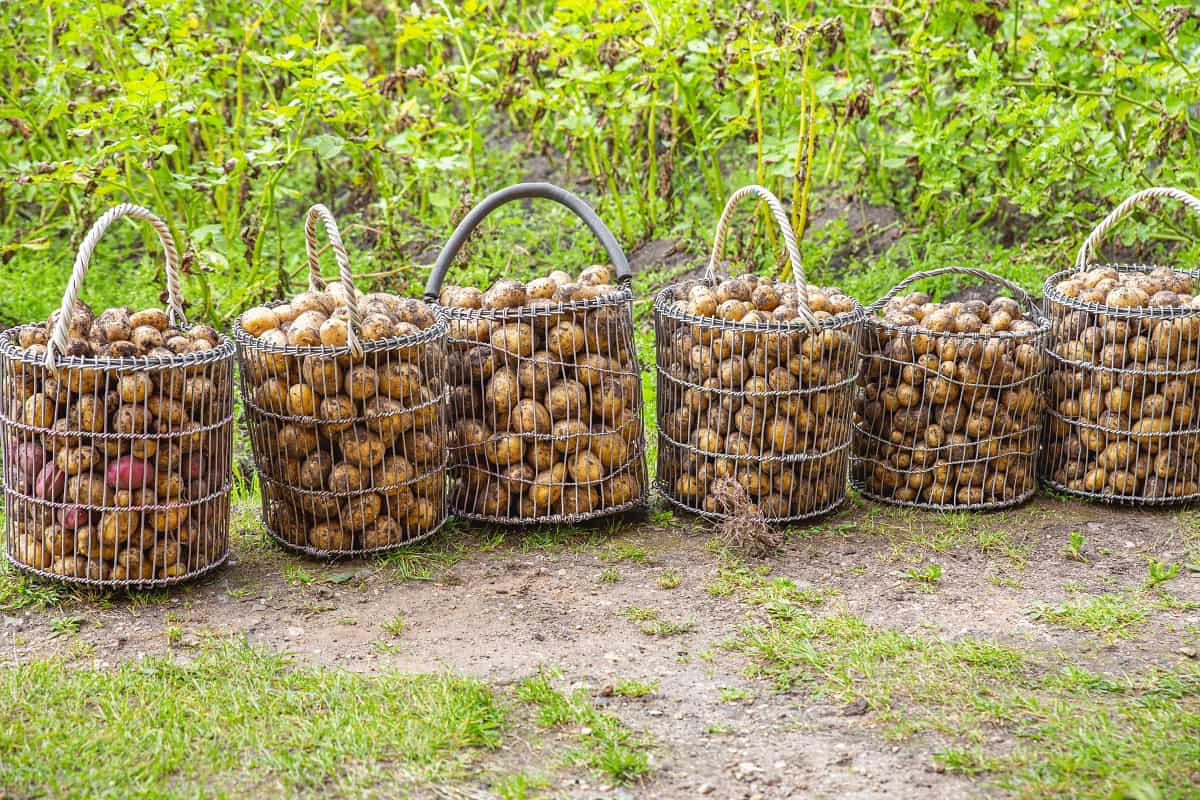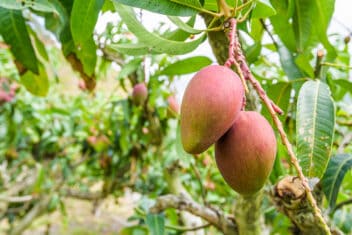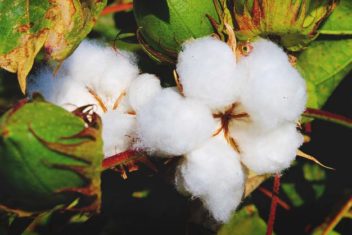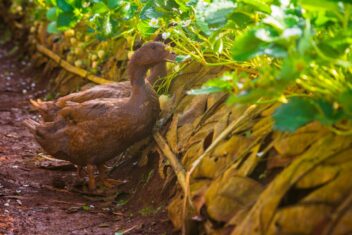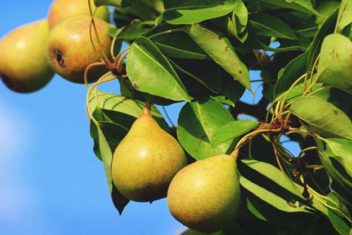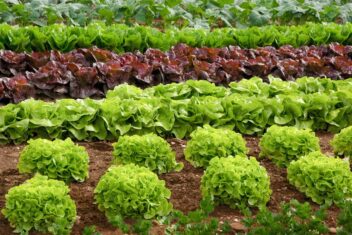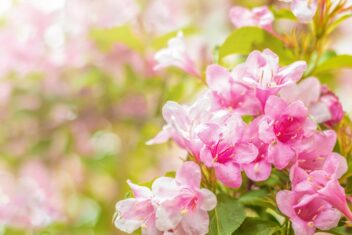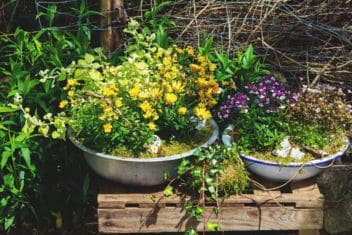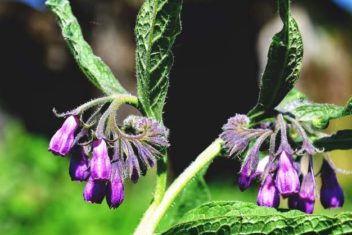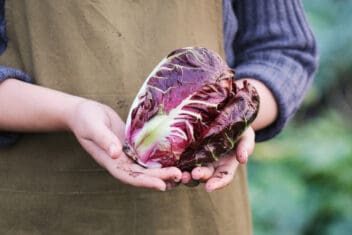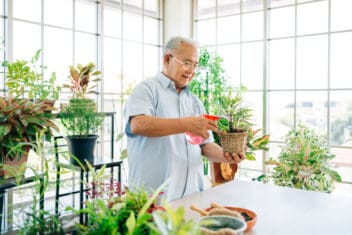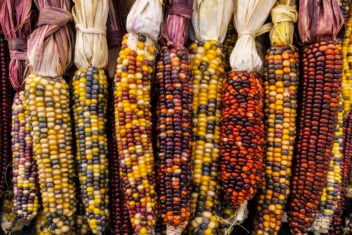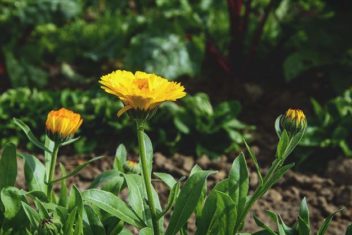It’s not always easy to get fresh produce – especially if you don’t have a refrigerator. The good news is that many plants can be grown for storage and used later in the winter months.
Even if you have a refrigerator, growing these plants is a great way to save space, time, and money. Here’s a guide to help you get started on your journey toward a more self-sufficient (and possibly refrigerator-free!) lifestyle.
Why Might You Want to Grow Storage Plants?
While we think of refrigeration as a must-have necessity (just think of how panicked you get when the power goes out), the reality is that it is a relatively modern luxury.
Our ancestors didn’t have the ability to stash their food in the refrigerator. They had to get creative and taught themselves ways to store vegetables in a certain way that allowed them to stay fresh for months on end.
While I wouldn’t ever tell someone to give up the fridge – it’s definitely not something I plan to do anytime soon! – there are no doubt countless benefits to growing plants that can be stored without a refrigerator. Not only will it allow you to access nutritious, delicious food without depending on power, but it also saves precious space in the fridge or freezer.
In fact, I enjoy growing these vegetables for that reason alone. I very quickly fill up my freezer with vegetables that spoil quickly, like leafy greens, and find that growing storage plants helps me keep plenty of vegetables on hand without having to invest in 10 chest freezers!
Plus, many of these vegetables are incredibly easy to grow. If you are trying to grow your own “survival garden,” there’s no better way to do it than to consider growing plants whose fruits can be harvested for long-term storage.
Best Plants to Grow for Storage – Without relying on a Fridge
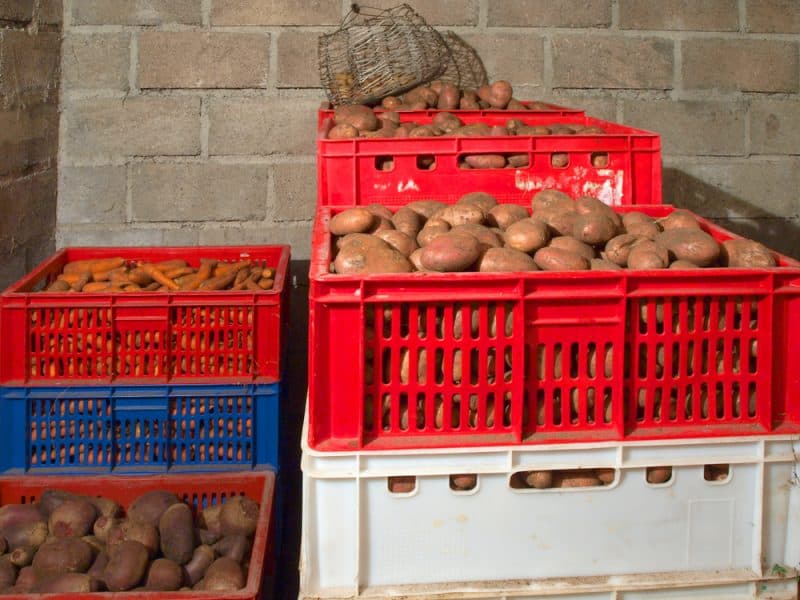
Here are some of your best plants to grow for storage, including both fruits and vegetables, with no refrigeration or freezer required.
1. Garlic
There are several kinds of garlic you can grow, including hardneck and softneck. The best type of garlic to grow for storage will depend on where you live. Although softneck garlic stores much better than hardneck, hardneck is really the kind you should be growing if you live in an area with harsh winters.
The beauty of garlic is that you’ll plant it in the fall. So rather than needing to store garlic through the winter, you’ll store it through the summer. This can help you save even more room in your pantry or root cellar. Bulbs usually last around 7 months in storage.
2. Carrots
Not all carrots last a long time in storage, but certain varieties, like Chantenay, Danvers, and Imperator, are good ones to choose from. Sow seeds later in the season, so that the carrots mature around the time of the first frost. You can leave your carrots in the ground through a light frost but make sure you pull them out before they freeze.
3. Beets
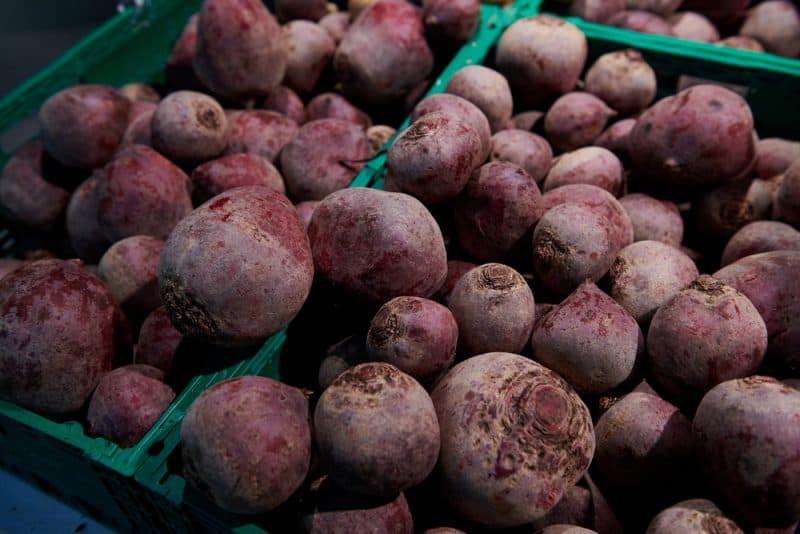
Beets are root vegetables with a distinct taste, but as long as you harvest them properly, waiting until the roots are 2-3-inches in diameter with 2-inches of greens attached, they should last for around 4 months with no refrigeration necessary.
4. Potatoes
Just about any good gardener knows that potatoes last a really, really long time. The beauty here is that you don’t have to do anything to get them to last, either!
If you are going to store potatoes through the winter, first select a variety that is meant specifically for this purpose. “Kennebec” is an example of a good option, though just about any kind of homegrown potato can last through the winter and into the spring as long as they are stored correctly.
To keep your homegrown potatoes fresh, you will need to stash them in a cool, dry, dark, and well-ventilated location. Don’t bother keeping potatoes that are cut, blemished, or damaged in any way. In most cases, potatoes that are stored correctly can last for 4-6 months.
5. Apples
When it comes to growing plants for long-term storage, you don’t have to rely solely on vegetables to keep you satiated. Fruits are also great choices. Apples are some of the best. Heirloom apples, along with those that are more tart, are your best options.
You might consider growing varieties like Pink Ladies, Honeycrisps, Fujis, or Rome Beauties for the longest shelf-life. As with storing potatoes, make sure you only hang on to the freshest, most mature, and least blemished options. Wrap each apple in a newspaper and keep it in an apple crate until you’re ready to use it.
6. Pears
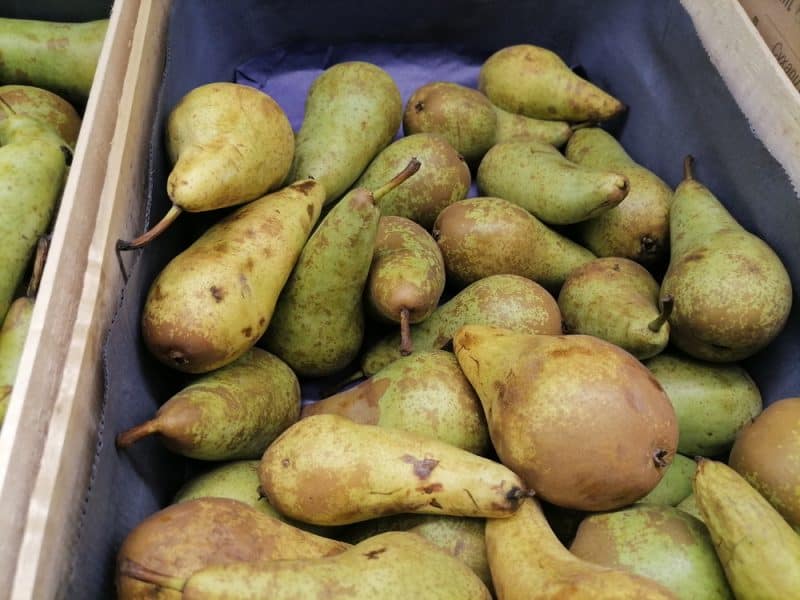
If you want to add more variety to your diet and are looking for another fruit that lasts well in storage, consider pears. These should be stored in relatively cold temperatures around 31°F, but they can last up to 3 months.
7. Turnips
Another root crop that you can grow for storage is the turnip. They’ll last for several months, provided that you cut off the tips to stop them from pulling moisture from the roots and keep them in cool, dark conditions.
8. Winter Squash
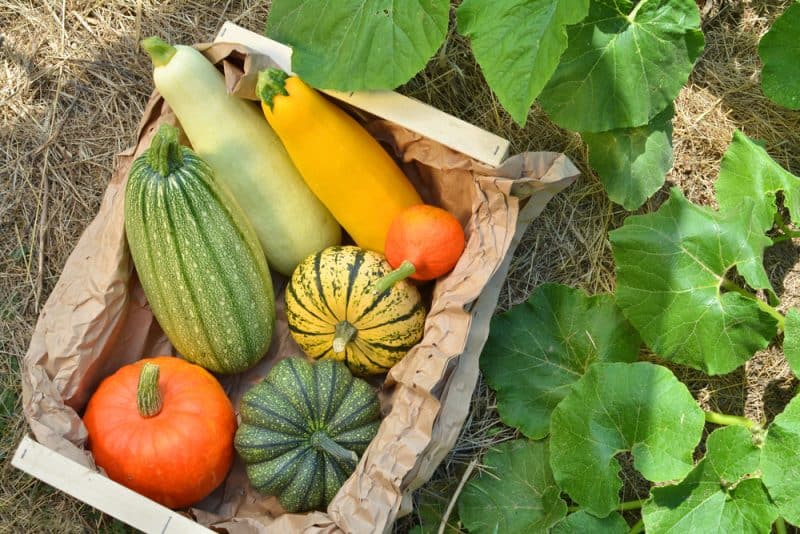
Winter squash is definitely underrated – but there’s a reason why pumpkin pie is served at Thanksgiving. Pumpkins are winter squashes, after all, and they last long into the winter and often even the spring months.
How well your winter squash stores will depend on the type you decide to grow. Although both spaghetti and acorn squash last for several months, there’s not much that beats butternut or Hubbard squash. Generally speaking, the thicker the skin, the longer your squash will store. Curing is a great way to harden up the skin and make sure your squash stores as long as you need it to.
9. Onions
Onions are also well-known for their storage abilities. You likely know this yourself if you have had the same bag of onions hanging out on your countertop for the last few months.
If you decide you want to store onions, let them cure for several weeks (the tops should be totally dry). Once cured, cut all but 1-inch off the tops of your onion greens and store the bulbs in mesh bags. Most can last up to 8 months when stored this way.
10. Parsnips
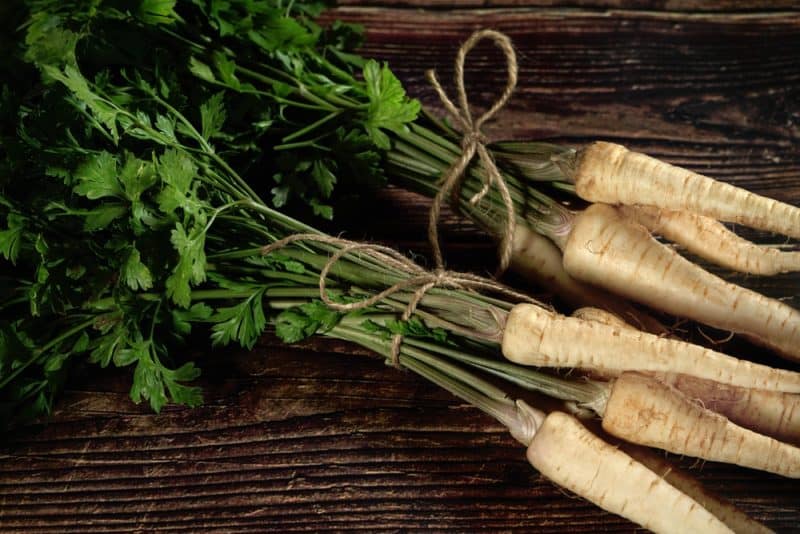
The often forgotten cousin of the carrot, the parsnip is another vegetable that can easily be stored. Sow your seeds directly into the garden in early spring and harvest once the first frost has passed. You should be able to store these tasty tubers for up to 5 months.
11. Broccoli and Cauliflower
As long as they haven’t been exposed to chilling temperatures, both broccoli and cauliflower can last a couple of weeks if you store them in a root cellar. Look for large, unblemished heads.
12. Sweet Potatoes
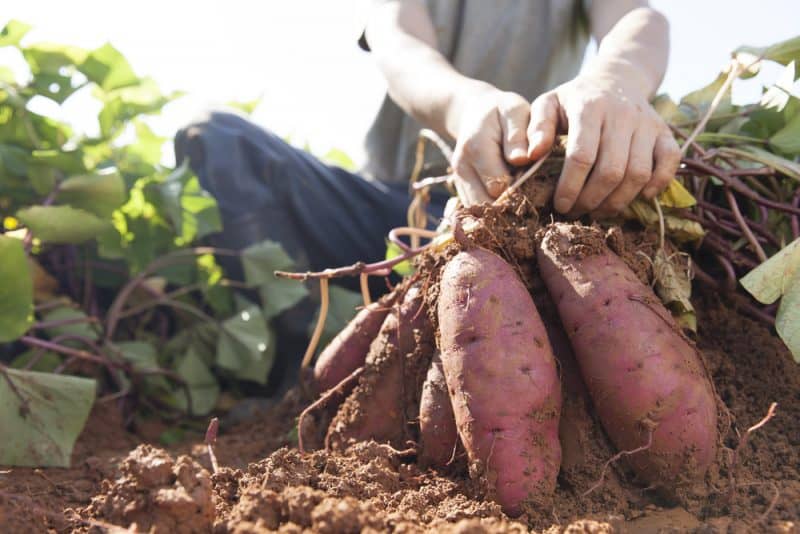
Sweet potatoes are also good options when it comes to long-term storage. Harvest your sweet potatoes as gingerly as possible, though, because any nicks can easily turn to rot in a hurry. Curing your sweet potatoes before you store them can increase their shelf-life, as can stashing them in a cool, dark location. Like regular potatoes, they’ll keep for up to 4-6 months.
13. Tomatillos
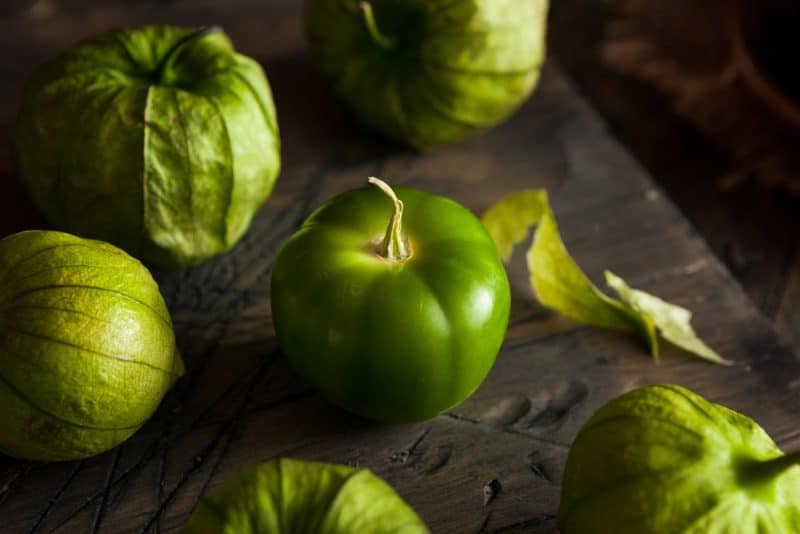
Tomatillos should ideally be refrigerated, but these tasty little fruits can also be stored at room temperature for several days to a week (often longer, if they aren’t totally ripe when you bring them in).
14. Tomatoes
Although tomatoes certainly aren’t going to last as long as other storage veggies, like carrots and potatoes, you can keep them much longer than you probably realize – if stored correctly. Bring them in when they are green or just barely ripe. Put them in the dark and once they’re ripe, you’ll have a supply for 2 or more weeks.
15. Jerusalem Artichokes
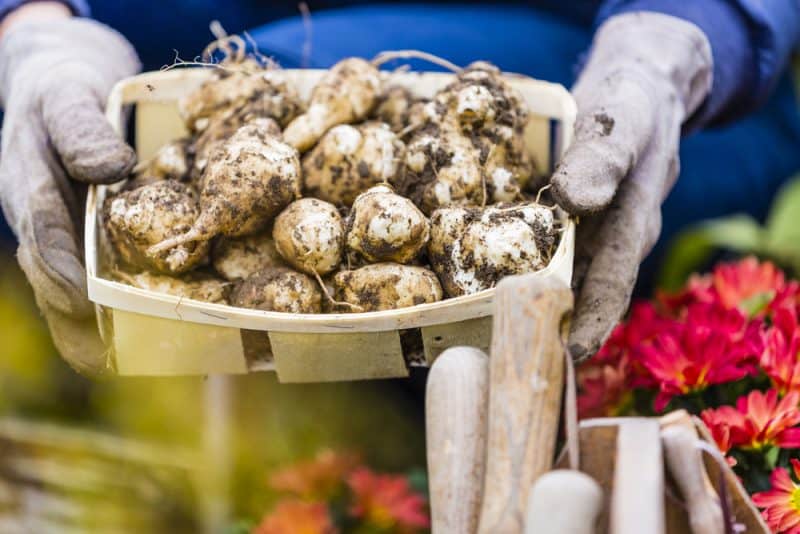
Jerusalem artichokes aren’t common vegetables that people grow, but these tasty little tubers are good veggies to consider if you don’t want to have to rely on your refrigerator. You can store them in cool, humid conditions (ideally packed in sand) for around 2-5 months.
16. Leeks
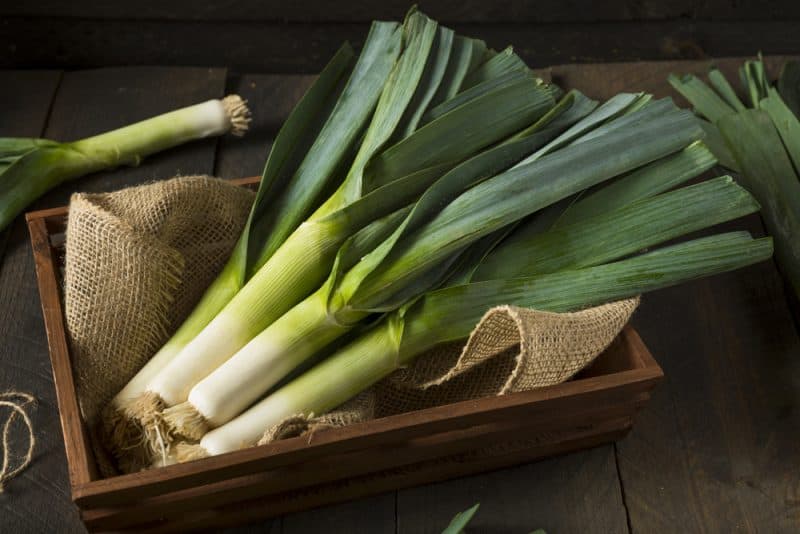
Because leeks are so closely related to onions and garlic, they also store quite well, too. Leeks can last up to 2 weeks in the refrigerator, but can also be stored in a root cellar for up to 4 months.
17. Brussels Sprouts
Brussels sprouts can be stored in a root cellar, too. For the best flavor, wait until several frosts have hit your plants. You can then hang them upside down in a root cellar where they will last for several months.
18. Cabbage
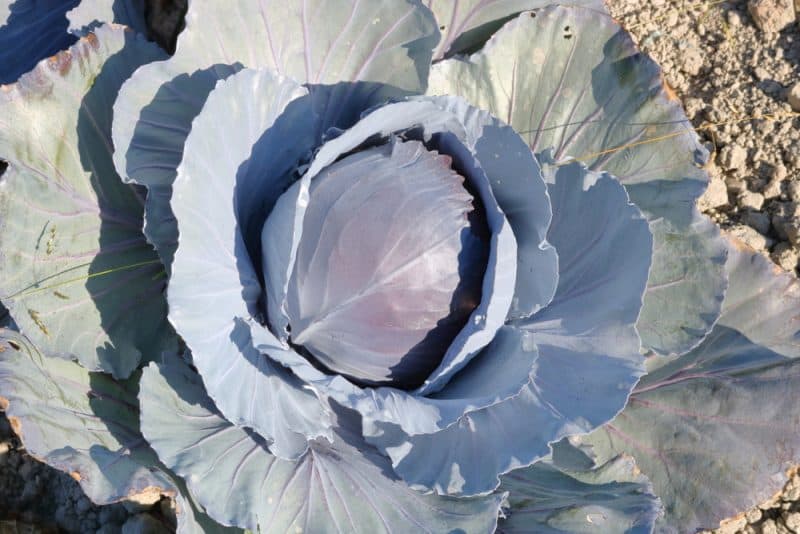
Lots of people don’t know this, but even cabbages can be stored long-term. You’ll have to choose cabbages that are listed specifically as storage types – make sure you do some research to find a good option. Some storage-specific varieties include Brunswick, Storage No. 4 (what an apt name!), Late Flat Dutch, and Red Acre, in general, red cabbage will store better than green.
Choose heads that are firm and solid before you store. After the first frost, pull the entire plant out of the grounds and cut off any excess leaves around the head. Look for any bugs that might be hanging out there, too, but don’t rinse or wash your plants in any way.
Keep in mind that it’s sometimes best to store cabbages in a separate location from your other storage plants. It has a strong scent that can change the flavor of things like pears and apples.
19. Rutabagas
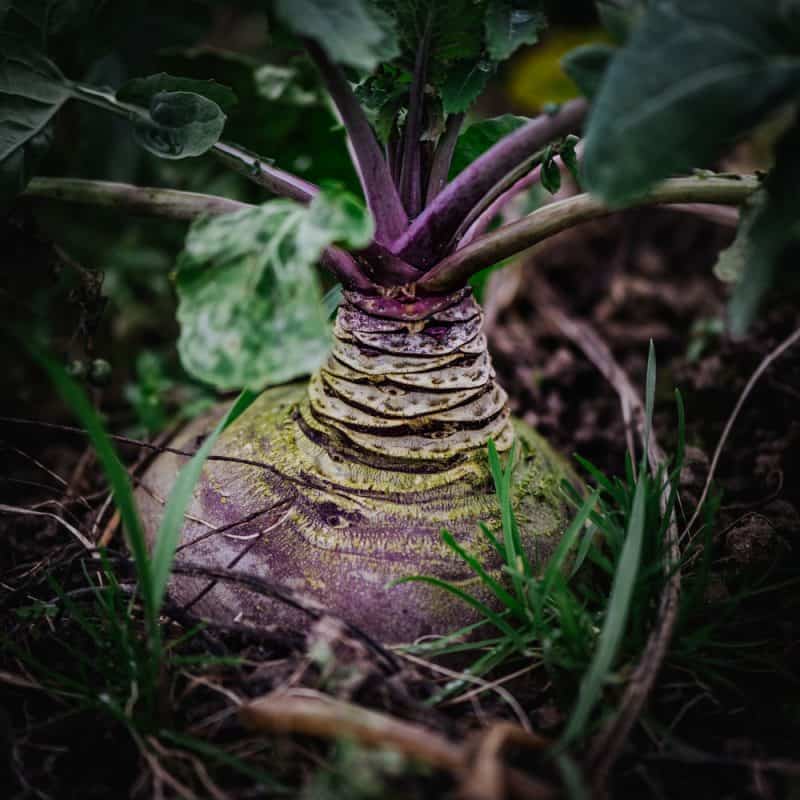
The humble rutabaga is not nearly as popular as it once was, likely because we can eat other vegetables more often now that we have widespread refrigeration.
Rutabaga takes a long time to mature but they’ll store for 3-4 months in a root cellar. They’re also nutrient-dense. The best way to store rutabaga is in a bucket filled with damp sand. These veggies need to be kept cool and in conditions of around 90% humidity, so keep that in mind when you’re deciding where you want to store these.
20. Dried Beans
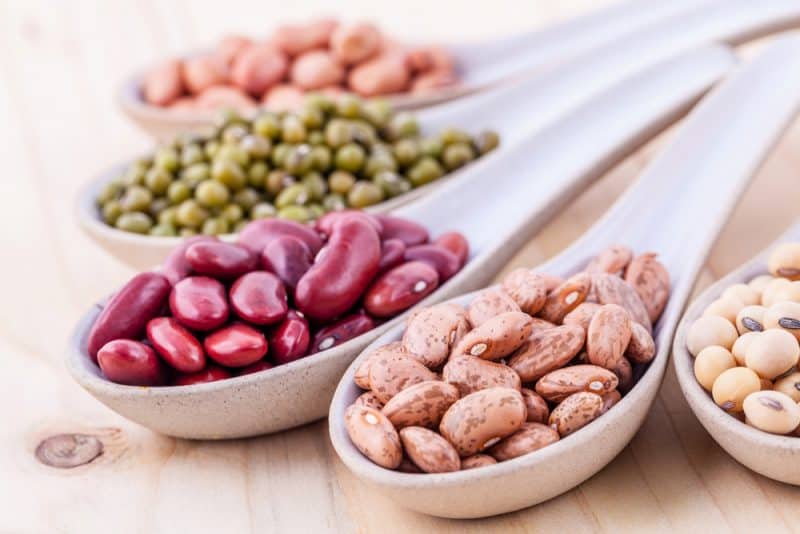
You can even grow your own beans for your storage garden. Dried beans technically aren’t one type of plant, per se, but by growing any kind of bean that is meant for drying and planting it in the early spring, after the risk of frost, you can improve your storage abilities.
Some bean varieties take up to 100 or more days to mature, and you’ll have to let your beans dry on the vine to do this. Once you do, you can store dried beans in jars for up to a year.
21. Winter Radishes
Last but not least, the winter radish. Although most radishes can be stored for several weeks, the winter radish can be stored even longer. In a root cellar, winter radishes can last up to 3 months!
Canning May Open Up Even More Possibilities
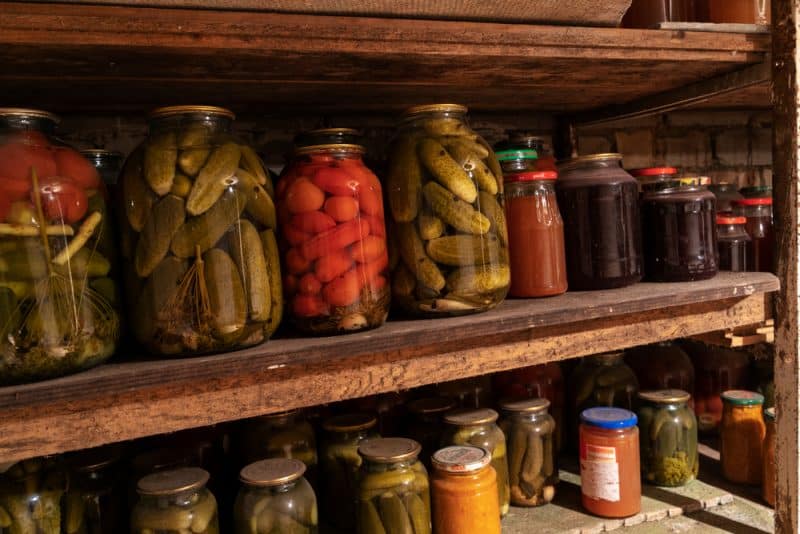
Of course, the list above doesn’t even scratch the surface when it comes to growing a self-sustaining garden that will feed your family for months on end. If you have access to both a water bath and pressure canner – and know how to use them – you’ll open up even more possibilities. You can preserve practically anything with no freezing or refrigeration.
Whether you’re planning for a zombie apocalypse sans refrigeration (ha!) or you just like the idea of being prepared with enough food should the power go out, growing these storage plants is a smart idea. You’ll have everything you need to make delicious, nutritious meals, and you won’t have to worry about your produce going bad before you get the chance to use it.
Consider adding a few of these crops to your garden rotation – you won’t regret it!
